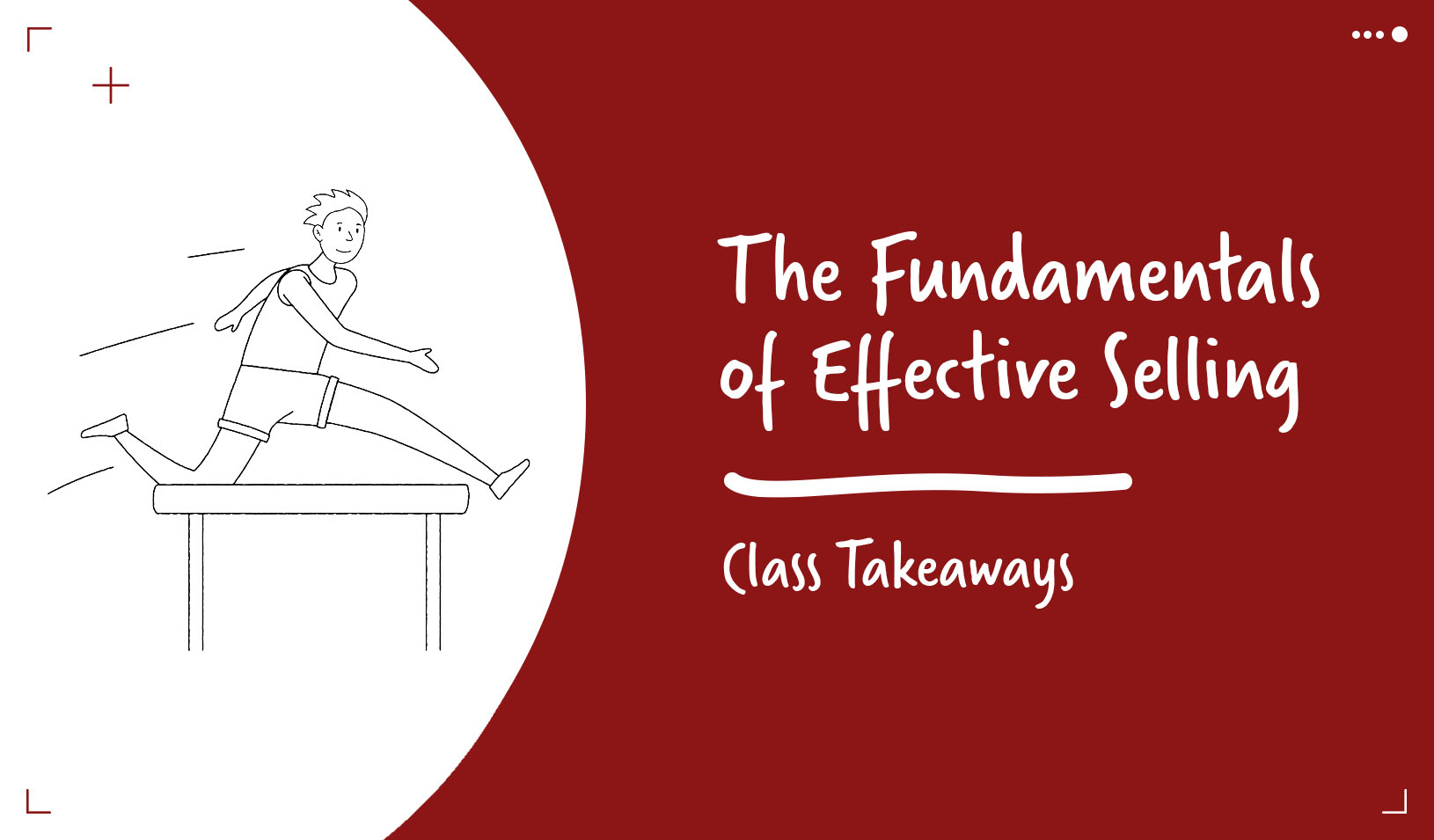A man sells heart-shaped balloons on Valentine’s Day in Pakistan. | Reuters/Faisal Mahmood
Imagine it is early January and you are just beginning to think about what to give your sweetheart for Valentine’s Day. With time to spare, you entertain grand ideas about the most romantic way to demonstrate your affection, contemplating the pleasure that would ensue from selecting the perfect gift.
Now imagine the calendar has to roll ahead to February 13, and you still have not bought a gift.
How might your perspective change? With time closing in, the unpleasant possibility of waking up tomorrow morning empty-handed would probably weigh heavier on your mind than any grandiose notion of thrilling your sweetheart with the perfect present. With only one day to make the purchase, simply getting a gift that “isn’t bad” is suddenly of paramount concern.
A paper soon to be published in the Journal of Consumer Research shows that when time is short, products that are safe and sure appear more attractive to consumers than those billed as having special zing. Given more time, consumers are more likely to seek goods and services that promise positive outcomes — the perfect gift, the ideal car, the dream vacation.
To explore these ideas, the researchers — Cassie Mogilner, a PhD candidate in marketing at the Graduate School of Business; Jennifer Aaker, the GSB’s General Atlantic Professor of Marketing; and Ginger Pennington, an assistant professor of marketing at the University of Chicago’s Graduate School of Business — recruited hundreds of students for a series of experiments to see how their tastes changed as deadlines approached.
In one study students facing midterm examinations received sales pitches from a fictitious tutoring service with one of two messages — either that the exams were “soon — only a week away” or “still a full week away.” The tutoring services gave them two choices: avoid failure (expressed by the marketing slogan “Don’t do poorly in any class!”), or more ambitious goals with the catchphrase “Ace every class!”
The experiments demonstrate that consumers caught in a bind of having to buy something as soon as possible worried about failing to reach their goal. This concern led them to settle for products advertised as having “just the right features” they knew they needed. In the case of the tutorial service they were attracted to pitch, saying it could help students to “not do poorly in class.”
With more time to make a decision, consumers tend to go for items that sellers present as having desirable features, or products that are “promotion-framed” — sold under such sales slogans as, “You desire the very best!” or “Our [auto] dealership has years of experience in meeting customers’ dreams.”
“Under a time constraint, consumers are more motivated to purchase a product that helps achieve the minimal goal of preventing a negative outcome than they are to purchase a product that helps achieve the maximum goal of promoting a positive outcome,” Theriault argues.
The opposite effect emerged when the consumer had more time to decide. In that case, say the researchers, consumers were willing to pay more for a product advertised as having more advanced features. Given time, consumers become more confident that they can reach “higher goals” in their purchase, so a product that is “good” will likely appeal more than a product that is merely “not bad.”
The study is important to marketers — showing that the length of time before a decision must be made is a critical factor in consumers’ decision making. Given that most products can be advertised as suitable to promote something positive or to prevent something negative, these findings suggest that framing a marketing campaign should not be taken lightly.
In this connection, because the amount of time can be framed as either short or long, advertisements for products or services that are inherently prevention-oriented (e.g., insurance) would benefit from limiting the apparent time left before the purchase. To illustrate, the negative consequences of not going to the dentist to deal with cavities, for example, should be framed as an imminent, rather than a future, concern in order to increase consumers’ motivation to pursue preventative dental care.
Finally, for consumers, the research poses important questions on how they make decisions. Should they worry that their standards decline when time is running out? And if they have more time to decide, should they think about setting over ambitious goals, and perhaps even ask themselves: “Would I really buy this if I had to make a decision tomorrow?”
For media inquiries, visit the Newsroom.






